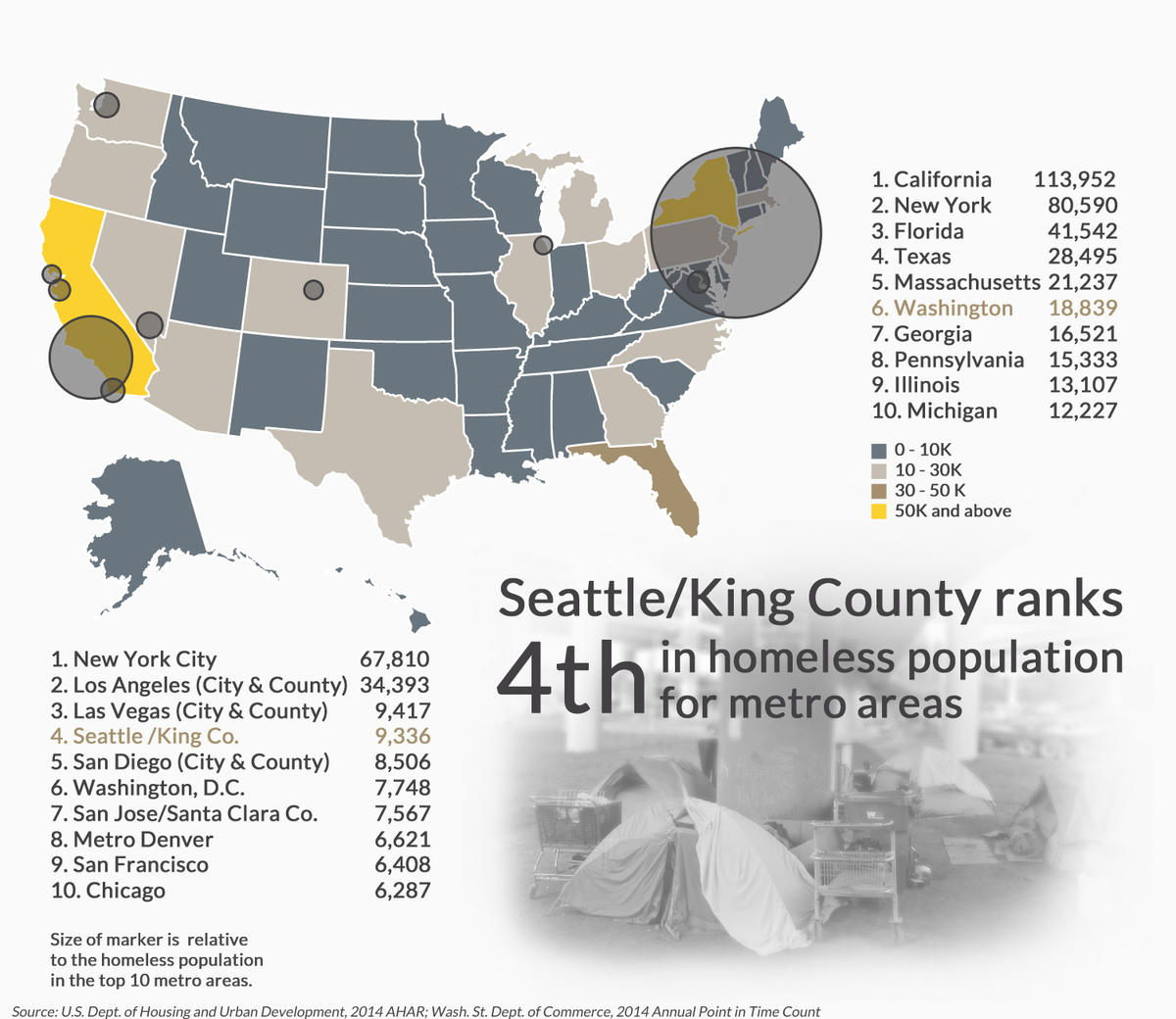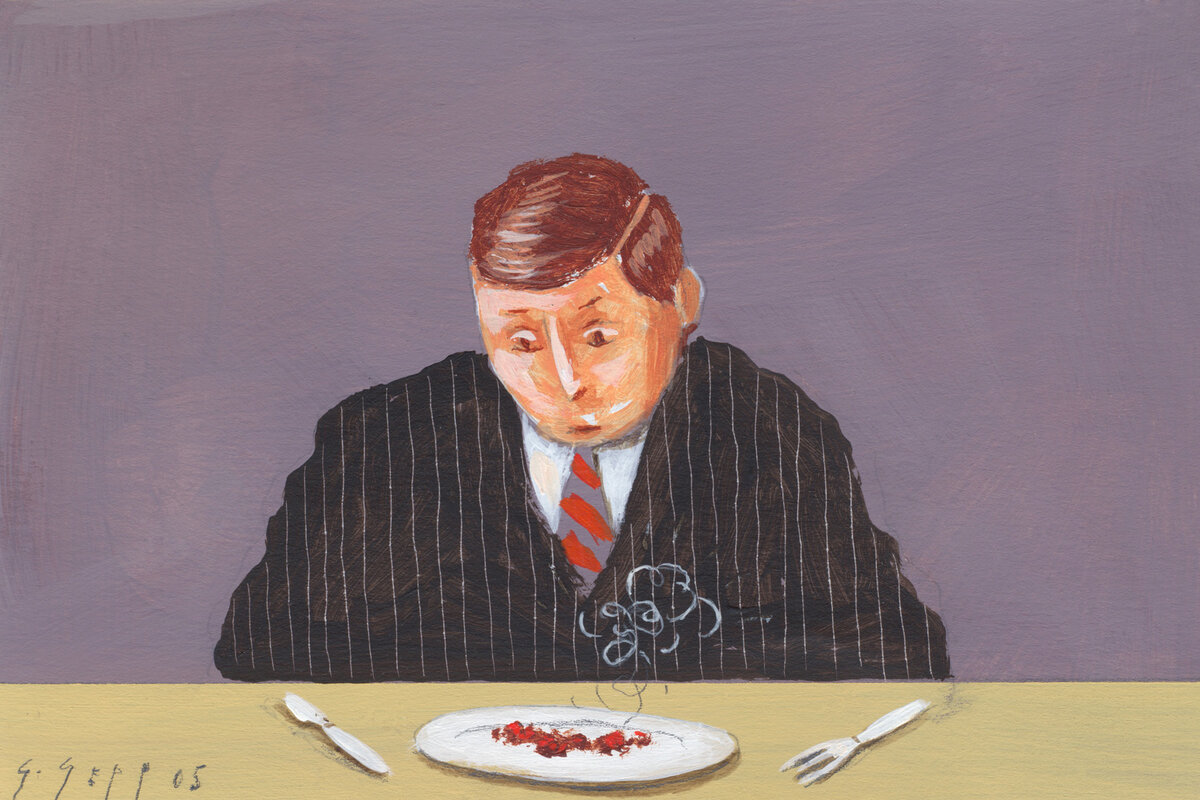In Remote Communities What Qualifies as Sub-Standard?
"We have seen states of emergency declared in Northern Ontario, Saskatchewan and Manitoba. We have read painful stories of suicide, addiction and disease."
"I have spoken to First Nations leaders who are deeply concerned for their people, but just as deeply committed to finding real, lasting solutions. I have assured them of our government's firm resolve to work with them in partnership, to find those solutions. But this will not happen overnight."
Canadian federal Minister of Health Jane Philpott
"This ongoing medical crisis is related to access to medical services. Canadians would not, and should not accept the access to health care that those in these remote communities live with on a daily basis."
"Any care beyond primary care is provided away from the home community."
Weeneebayko Area Health Authority
"Unfortunately, it is not something that is news [lack of on-site urgent medical care on isolated aboriginal reserves] to us. It is something that has been an issue for many of our communities for a long time now."
"The shock of losing so many people in one tragic event [catastrophic house fire killing 9 members of one family] is overwhelming. There's a tremendous loss and overwhelming grief that all of us are feeling."
Nishnawbe Aski Nation Grand Chief Alvin Fiddler
 |
| CTV National News: Significant housing concerns |
Poverty, crowded, unsanitary conditions have led to yet another crisis on remote, isolated First Nations reserves with children being found suffering from eczema and suspected scabies cases. Although eczema has a genetic base of origin allergens and irritants in the atmosphere can also trigger its appearance, and unsanitary conditions don't help. And in the Northern Ontario community of Kashechewan with its low incomes laundry soap is far more expensive than it is in urban areas. This is a community that is accessed only by plane, boat or ice road.
Three doctors from the Weeneebayko Area Health Authority issued an open letter to governments emphasizing the need for increased resources to address persistent problems at this reserve and others just like it situated elsewhere across the country. There is inadequate availability to medical resources, unsurprisingly, in these remotely-situated traditional communities. Nurses, support medical services and physicians are available only sporadically. People suffering from serious health problems are required to be transferred to hospitals in urban communities.
People living even more remotely, with sparse numbers of neighbours rely on their own wells and septic systems, and must travel distances for medical assistance. These are not necessarily First Nations people, but those who prefer, or whom circumstances of life decree that they live isolated lives. In so doing, they must become resolutely capable of looking after their needs in the knowledge that their location necessarily restricts municipal services of any kind.
First Nations leaders regularly raise the issues of sub-standard health care and lack of mental health services, let alone that homes on reserves are often inadequate, requiring upgrades. People who live rurally know they have the responsibility to look after their properties. People living on reserves do not own the homes they live in; they live more or less as wards of the state, since reserves receive public funding for all their needs. Since they have no personal investment in property they take no care of it, though they depend on the housing to live decently.
Living in remote, isolated communities where are the employment opportunities to come from? Children who are educated on reserves are reliant on the quality of education that their own councils deem appropriate for them, not on curricula and teaching methods that are standard in urban communities. Little wonder reserves are under-served. Residents have generally made a choice to live where they do; they are mobile and could live elsewhere than on reserve, but to do so is to be independent of government handouts.
And irrespective of the financial resources placed at the disposal of native councils there seems never to be enough to cover all needs. Part of the problem resides in the proclivity of council members, and chiefs to ensure that their extended families benefit disproportionately, while other tribal members come second. The allocation of funding meant for specific public welfare purposes is not always properly distributed, since those handling the funding often use it for non-essential and self-serving purposes.

When such calamities occur, and they do with regularity, including numerous suicides particularly among the young, condolences from local, provincial and federal politicians are quick to appear, along with pledges for additional funding to solve the unsolvable.
Labels: Canada, First Nations, Health, Welfare




















